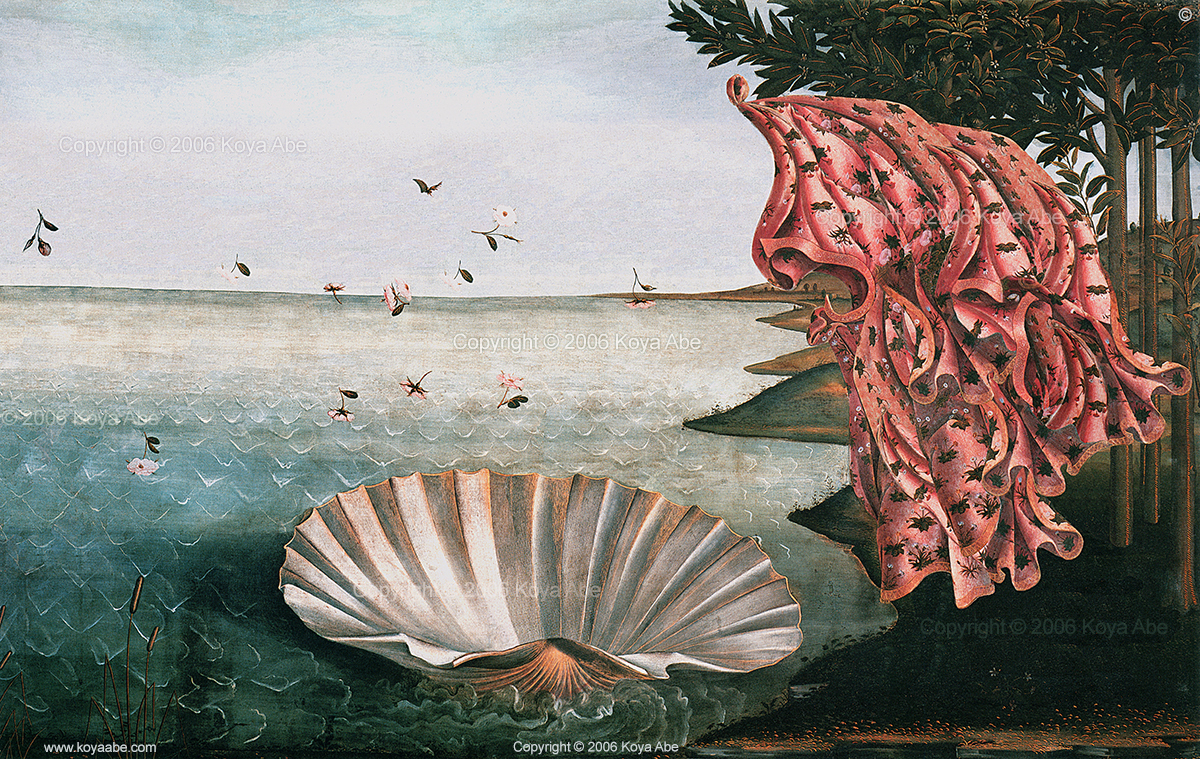The essence of existence is only apparent when existence has ceased to be.
The 19th century was one of the most critical points in time for Japan. While the Japanese art form ukiyoe was disappearing, it was the beginning of the end for the traditional Japanese social system as well. Eventually, the transformation that began during this period led to the disappearance of the Samurai as a social class, a change that deeply impacted Japanese culture and society. As a Japanese artist, I have tried to reevaluate these 19th century disappearances in the context of contemporary art and technology. In this process, I came to have a strong interest in another Japanese art form that disappeared along with the Samurai class, hara-kiri.
Historically, the performance of hara-kiri was an honor and privilege specific to the samurai class and was not performed by any other. Hara-kiri (seppuku) was the ultimate statement of honor and dignity for the Samurai and the symbol of their commitment and responsibilities in Japanese society. Ultimately, this meant that if a samurai did not succeed in performing his responsibilities to society, he voluntarily repaid this obligation with the act of removing his life. In this sense, hari-kiri was a samurai’s form of noblesse oblige. It is similar to the western concept, but with a different form of obligation and a different approach to its fulfillment.
It is important to understand that the privilege of the Samurai class was defined by both the practice of hara-kiri and great social responsibility. Hara-kiri ultimately represented the mutual relationship between privilege and responsibility. It provided justification for the benefits of privilege, and it gave the Samurai integrity and a distinguished place in traditional Japanese society. Hara-kiri was also the ultimate statement of existence in that a samurai could demonstrate his value by removing himself from life. Once he was absent, society could evaluate him by observing what was now missing. In this reverse/contrast way, a samurai could prove his own integrity by making the definitive repayment for his privilege and declaring the honor of his own existence..
My background as a member of a samurai family (in northern Japan, my family served Date-Han and later also served the Tamura-Han branch of the clan for generations) and my experience in western society led me to become engaged with this subject. These elements have guided me as a Japanese artist in determining how I might best explore the idea of hara-kiri. For this project, I have decided to present the ultimate samurai’s performance art to the icons of western art, as an offering of high honor to the artwork itself. Because the history of western art can provide a venue for the contrast and commonalities of both cultures and societies within the context of art, it is an ideal stage upon which to execute these perspectives.
By removing art in a samurai way, an essence of western art is revealed by its absence. In applying the hara-kiri concept through digital technology, multiple layers of art history, culture, and technology are revealed. This process demonstrates the fundamental nature of hara-kiri within the context of western visual art. In turn, the performance of hara-kiri on these paintings reveals the meaning of hara-kiri to Japanese. By inverting disparities and commonalities, a mutual understanding of these differences may be achieved.
Copyright © Koya Abe 1997-2024. All rights are reserved.
Digital Art Chapter 4: Hara-Kiri copyright © 2006 Koya Abe; artist statement © 2006 Koya Abe. All rights are reserved.
Rights & Permissions Information
Contact us for exhibition & reproduction requests, press information, and for any other inquiries.
